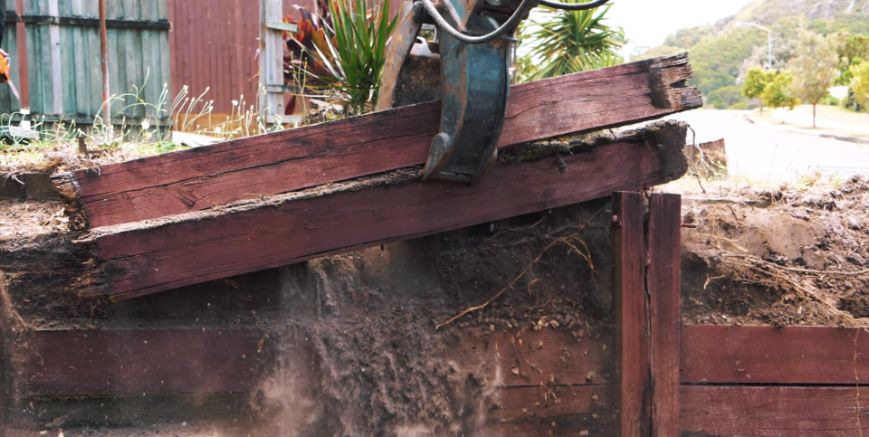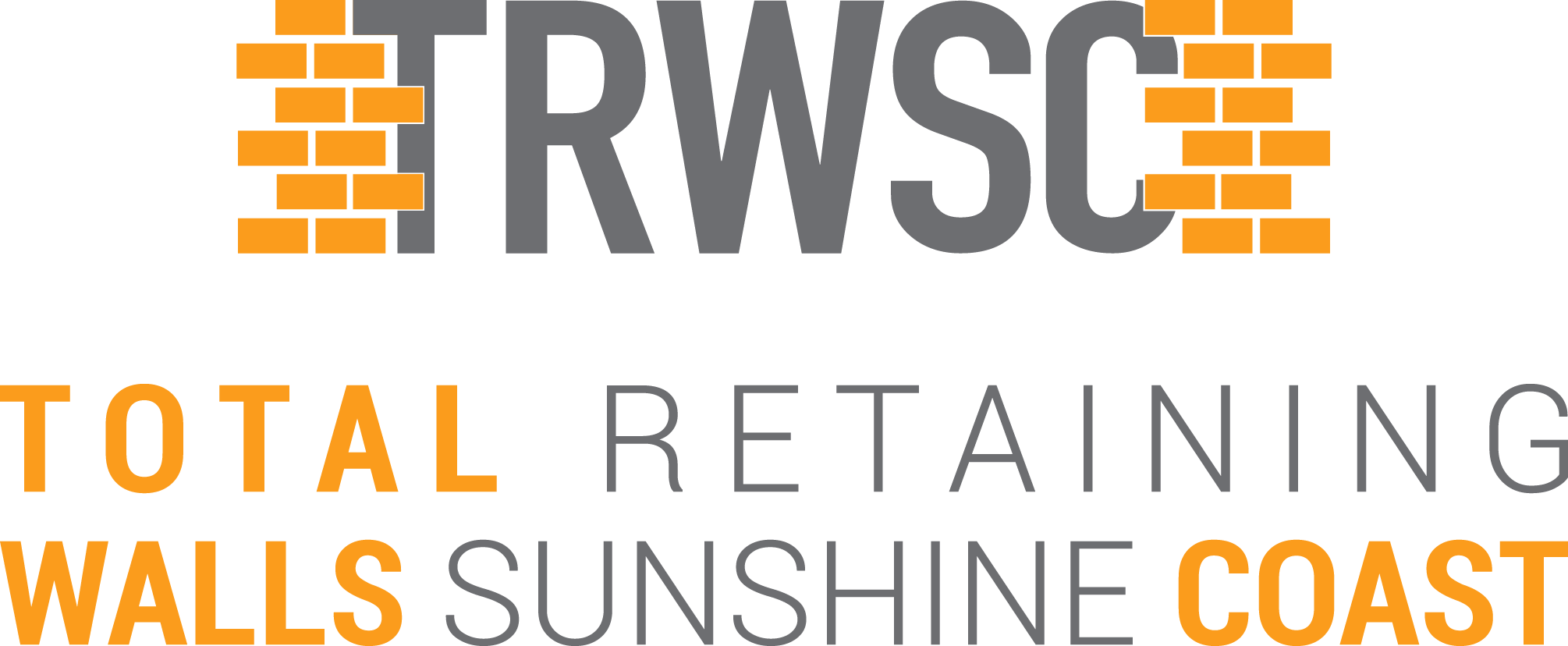The most common signs of failing retaining walls are when they start to lean forward, are showing cracks, or have sections that begin to separate from the rest of the structure. In case you notice any of these in your concrete sleepers, you need to have them fixed as soon as possible.
We recommend asking a professional retaining wall builder to resolve these issues for you. These experts know the best way to restore retaining walls either by repairing or replacing them.
In this blog, we’ll talk about the warning signs that mean your retaining wall is starting to fail and provide tips on how you can address them.
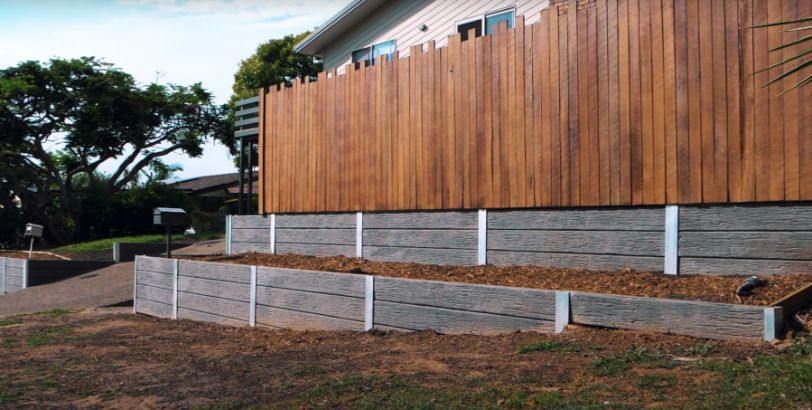
Three Warning Signs That Your Retaining Wall is Failing
These are the three most common warning signs of a failing retaining wall:
Wall Starts to Lean Forward
Retaining walls that have started to tilt is one of the most common signs of failure. It’s even possible for the bases of these walls to become even more uneven.
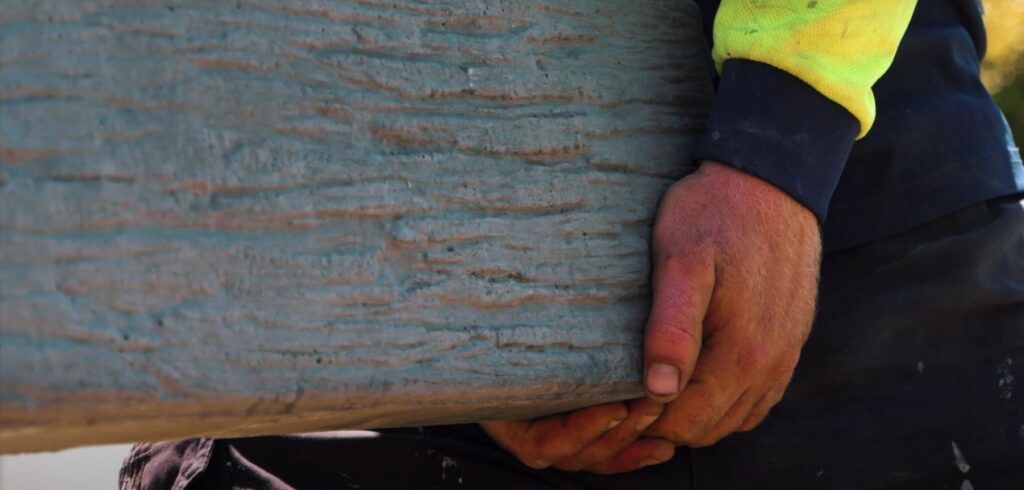
Cracks Show Up
Retaining walls with cracks across their surface or sides means that they have started to fail. Such crevices indicate that the overall integrity of these walls has been compromised potentially due to a failing footing.
Sections Begin Separating
Sections that have started to separate from the main structure are another common sign of a failing retaining wall. It’s possible to resolve this issue by repairing the wall but you’ll most likely end up having to replace the whole retaining wall instead.
How to Fix a Failing Retaining Wall
These are the four ways experts do to fix failing retaining walls:
Fix Drainage Problems
Fixing drainage problems by re-grading the space behind a retaining wall can stop water from accumulating and causing further issues. Professionals may also create weep holes or install a small concrete culvert to help with draining water.
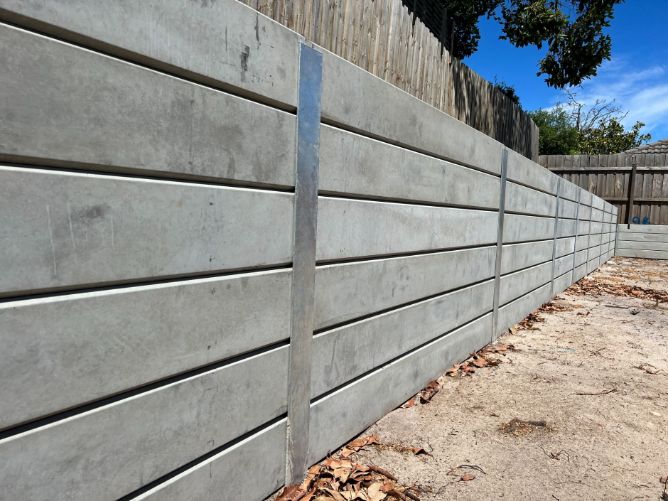
Reduce Wall Height
Continuous soil pressure can cause problems with retaining walls and one way experts can help alleviate this phenomenon is by reducing the height of the structure. Making changes to the existing landscape or installing a depressed drainage culvert could be beneficial as well.
Make the Footing Bigger
Increasing the footing size of a retaining wall may help in reducing soil pressure that’s causing problems to the structure. An expert will first need to know how much space is necessary for the task before excavating and pouring in the concrete.
They then work to drill holes in the existing footing and use epoxy dowels afterward.
Replacing Inadequate Backfill
Finally, retaining wall builders can resolve excess soil moisture in retaining walls by removing and replacing their backfill. Crushed rock is an ideal solution as it helps stop retaining walls failing by ensuring its drainage system is working effectively.
As you replace the backfill, you should also check if the installed agg pipe is still functional. If there are any issues with the pipe, you’ll need to replace it to resolve drainage problems.
